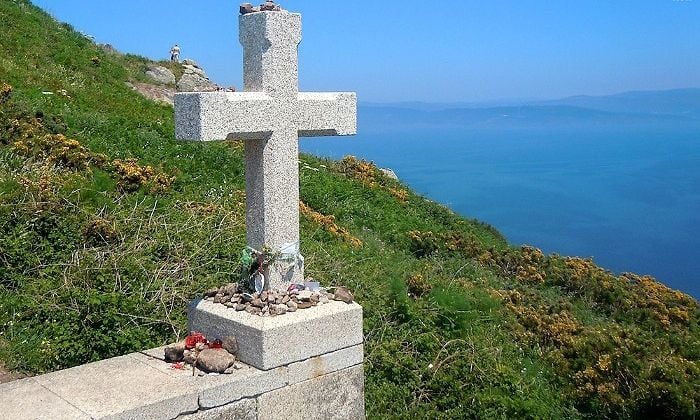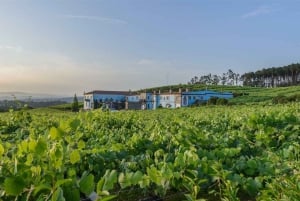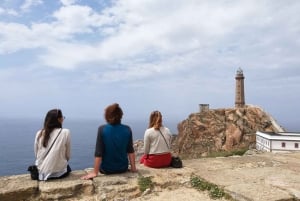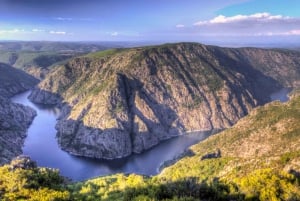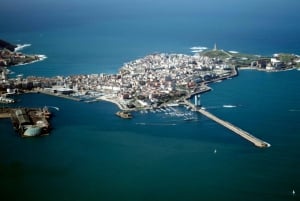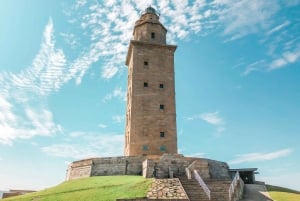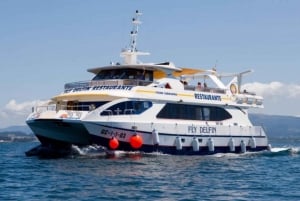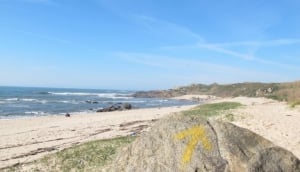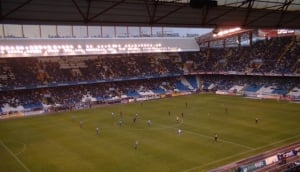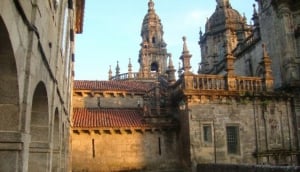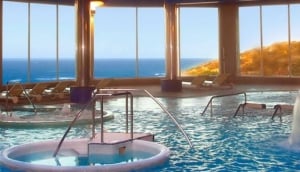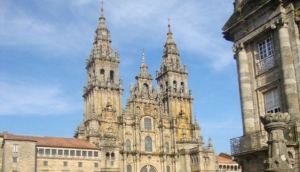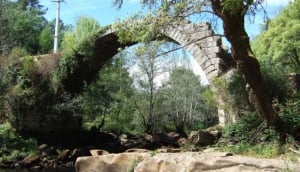Finisterre, to the End of the World
The creation of the first medieval kingdom in Europe was within Galicia in the early fifth century
Book Top Experiences and Tours in Galicia:
If youʻre booking your trip to Galicia last minute, we have you covered. Below are some of the top tours and experiences!- From Santiago: Finisterre, Muxia & Costa da Morte Excursion
- Santiago de Compostela Full-Day Tour From Porto
- Granbazán Winery: Guided Tour and Wine Tasting
- Vigo: Private Walking Tour with local guide
- Santiago de Compostela: Private Walking Tour
You can’t help being mesmerized with your first glance at Cape Fisterra in the province of La Coruña. Not only are the surrounding waters a brilliant blue, the scene looks so magical. Rich in history, the ancient fishing community of Finisterre has not only been an inspiration to those seeking their own magic, it’s a land of importance for the pilgrimage, the Camino de Santiago. When the world was still considered flat, many journeys ended at the Cape, where the sun disappears over the horizon of the Atlantic. The Cape has long since been the site of spirituality, reflection, battles, and tragedies at sea. Finisterre means “lands end” in Latin, and on our journey today, We’ll take you to the end of the world.
This is an early view from the Camino Finisterre which travels 87 kilometres from Santiago de Compostela to Finisterre. Here, we’re looking across the Corcubión Estuary, Ría de Corcubión, to the Cape and with Finisterre on the nearside. Let’s begin on the Cape itself.

First, let’s stop at this impressive lookout above Langosteira Beach. Beyond the ancient crucerio are two kilometres of beautiful white sand that is packed with tourists and locals on warm sunny days. The east beach and a great place for watching the sun rise.
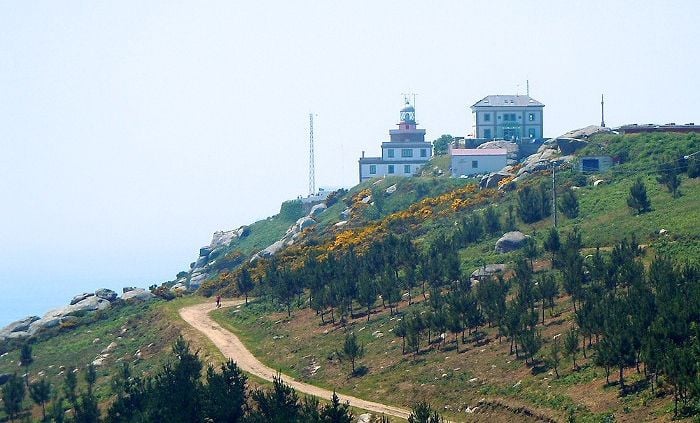
Faro de Fisterra, the famed lighthouse that is one of the most important landmarks in all of Galicia. The lighthouse was built in 1853 and can be seen on a clear day from 30 kilometres at sea. The northwest coastline of Galicia is aptly named Costa da Morte, the Coast of Death. The coastline is rough, jagged, and treacherous. Numerous vessels are resting on the floor of the Atlantic, with many more lives lost. It’s not only pleasure and fishing boats that run into trouble, but well-documented naval battles between the French and English took place just off Cape Fisterra. Visitors are also reminded to be careful walking on the slippery rocks as deaths have occurred here too.
Arriving at this bollard or waymark is very memorable and touching. It may be difficult to read, but the sign says 0.00 KM. For pilgrims, especially those who started in St Jean Pied De Port on the French side of the Pyrenees, you arrive here full of emotion, and grateful that this part of the journey is over, and you’re safe and sound. One knows that once you begin walking the Camino, your journey never ends.
Nearby is the fire pit where pilgrims offer up a piece of clothing to be burned as a ritual in the sense that the ending of their Camino is part of a new beginning of life. A handwritten note is often included, possibly in memory of a loved one, or to repent one’s sins.
Adjacent to the fire pit is the bronzed boot, also a symbol of the end of this part of your journey. For some pilgrims, the worn boots are sacrificed in the fire pit.
Dolphin watching is another popular activity and sometimes, pods can be seen from the Cape. This statue symbolizes the importance of these amazing and beautiful creatures to these waters.
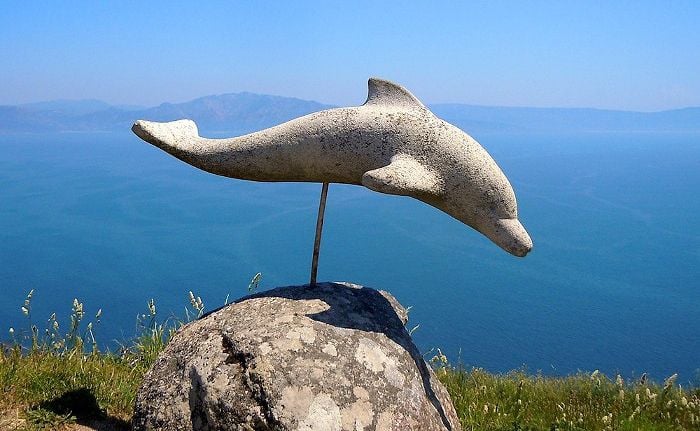
The crucerio at the end of the world. Pilgrims place stones, on this and similar crosses along the Camino de Santiago for many reasons. Sometimes, they include notes on paper or cloth — in memory of their journey and the lessons learned, or a letting go of the past and a look forward to a new beginning. It could be a note to themselves; a promise to keep, a memory of a loved one, or a repenting of a sin. Maybe they’re saying goodbye to someone and ready to greet someone new. Whatever the reason, it’s personal and meaningful.
Although we didn’t have a classic sunset from Praia do Mar de Fora, it was more than special enough. The surrounding area is also quite beautiful with wind swept dunes and their accompanying vegetation of small shrubs, grasses, and flowers. From here, you will enjoy your short walk or drive back to Finisterre.
Whether you arrive on foot or on wheels, please give yourself enough time to relax in the ancient and magical town of Finisterre. Eat, relax, and visit the beaches, landmarks, and of course, Cape Fisterra. Go out to sea and get closer to the dolphins. Watch the sun rise or set, and get closer to yourself or a loved one. When you come to Finisterre, you are in for a treat. You won’t regret your journey to “the end of the world.”
View
